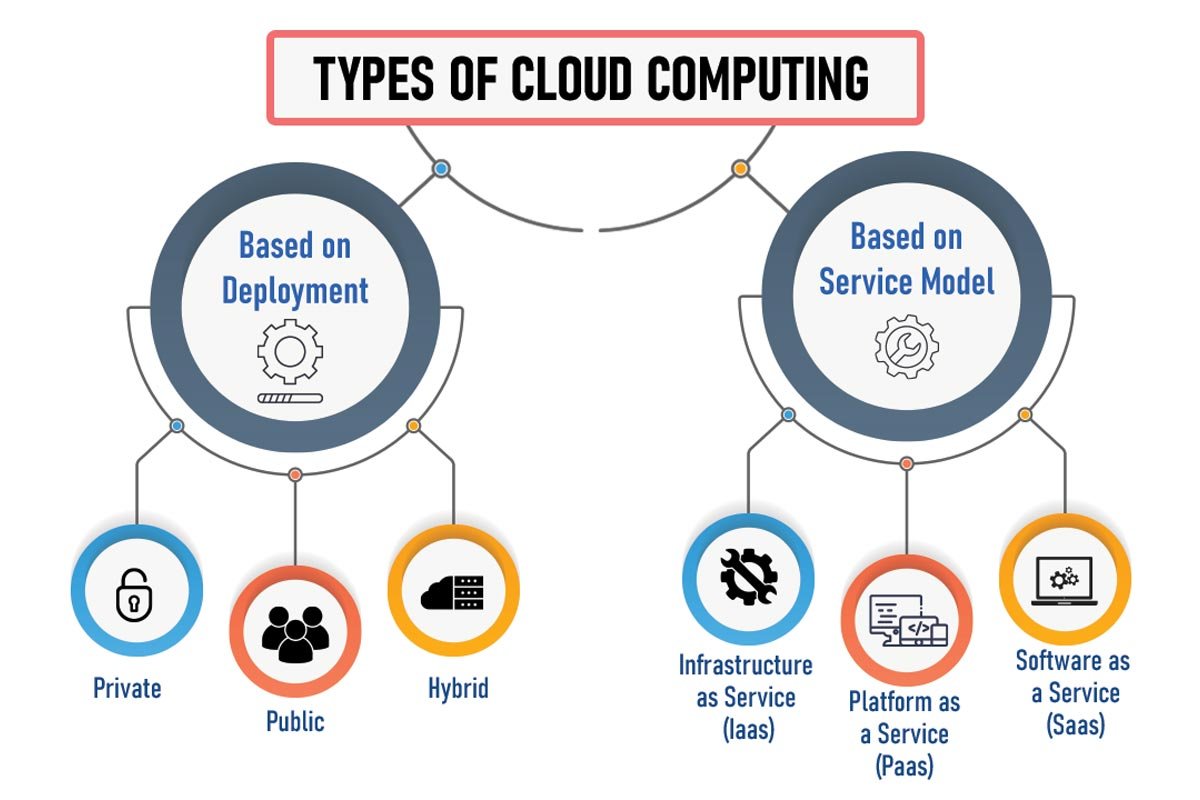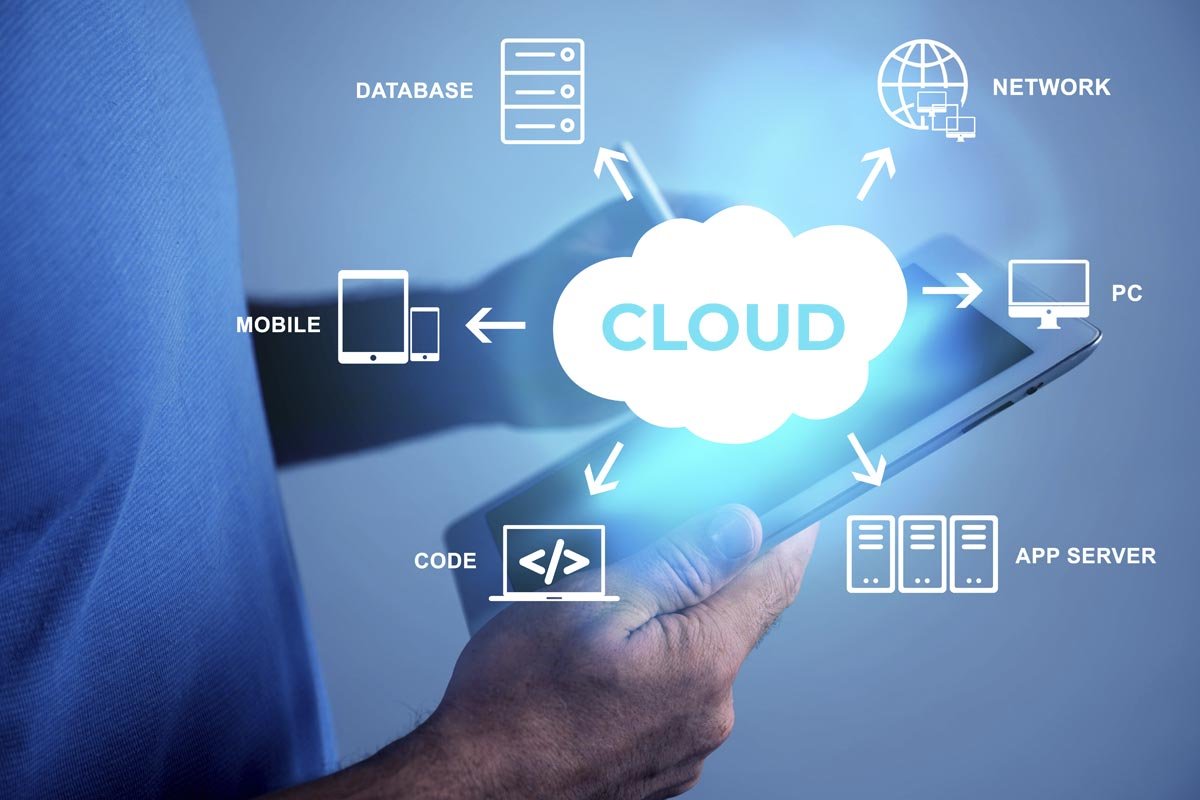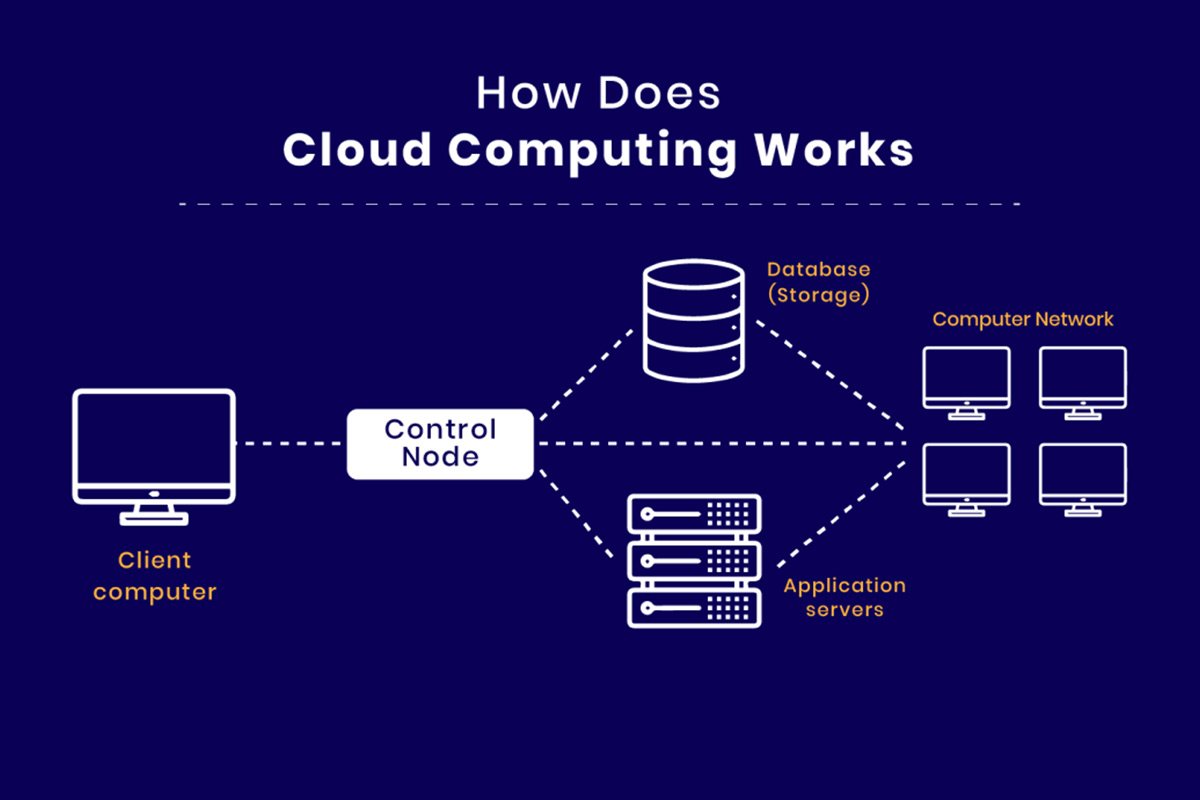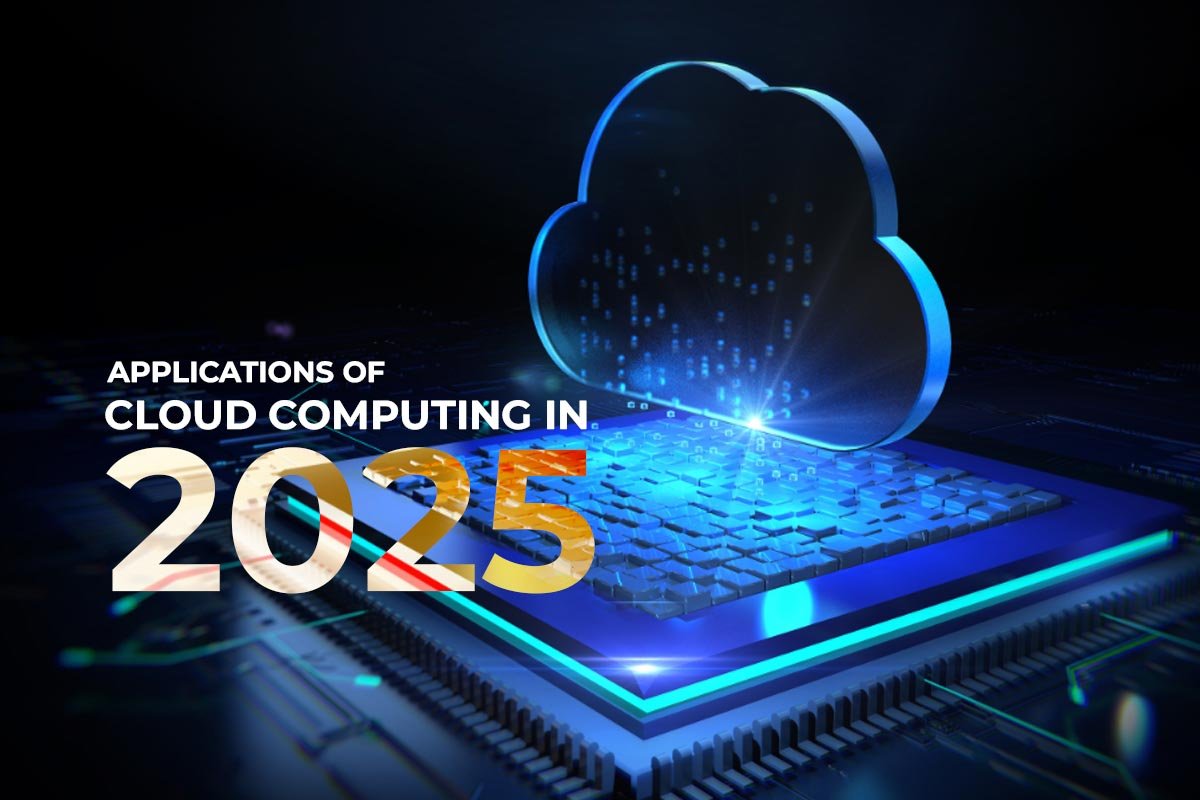Home Technology Best job opportunities after AI course Job Opportunities...
Read More- Home
- Networking
- Future of Cloud computing in 2025
What is Cloud Computing?

The influence of digital landscape has created a situation where there arises a need of unlimited space to store the data easily. So the new world was in doubt to store the data easily and are able to access it easily. Here comes the scenario of cloud computing to store any kind of data easily where the creator can access it smoothly by ensuring the privacy. Storing the data in cloud, is easy to manage and access the data, significantly influencing individuals and businesses alike. The future of cloud computing in 2025 is developing drastically due to the need of safe and secure storage space.
By providing a secure, scalable, and accessible platform for storing files, it has eliminated the need for physical storage devices and simplified data sharing across the globe. People can now access their documents, photos, and other files from any device with an internet connection, promoting convenience and flexibility in both personal and professional settings. Cloud storage has also fostered collaboration, enabling teams to work together in real time regardless of their physical locations. Furthermore, its cost-effectiveness and reliability have made it a preferred choice for safeguarding valuable data, giving users peace of mind while driving widespread adoption.
Now cloud computing has emerged as a cornerstone of modern technology, transforming the way businesses and individuals interact with digital services. In 2025, cloud computing is expected to evolve further, driving innovations in artificial intelligence (AI), Internet of Things (IoT), and edge computing. Its applications will span industries like healthcare, finance, education, and entertainment, unlocking unprecedented opportunities for efficiency and innovation thereby it increase future of cloud computing in 2025.
Types of Cloud Computing

Mainly the Cloud deployments are categorized into 3 namely Public cloud, Private cloud and Hybrid cloud services. Public cloud services provide over the public internet which is shared among multiple organizations and provides the accessibility to get find the data at any time. In Private cloud, the services are dedicated to a single organization, that offers greater control and security. The third one is Hybrid cloud which combines public and private clouds, enabling data and applications to move between them seamlessly. All these enhances the future of cloud computing in 2025.
Benefits of Cloud Computing

- Cost Efficiency: Cloud computing eliminates the need of investing for expensive hardware and infrastructure to provide more productivity. Organizations only pay for the resources they use, reducing capital expenditure significantly.
- Scalability: Cloud offers a unique scalable nature which allows businesses to adjust resources based on demand. This flexibility is crucial for handling traffic surges or scaling down during lean periods.
- Accessibility: Data and applications can be accessed from anywhere with an internet connection, enhancing collaboration and productivity across remote teams.
- Reliability: Cloud providers offer robust disaster recovery and backup solutions, ensuring minimal downtime and data loss. The future of cloud computing in 2025 is more reliable and secure.
- Innovation and Agility: Cloud platforms provide tools and environments to experiment with new technologies, fostering faster innovation cycles.
- Security: Leading cloud providers invest heavily in advanced security measures, ensuring data protection and compliance with regulatory requirements.
How Cloud Computing Works

Cloud computing operates on a virtualization framework, which abstracts the physical hardware and enables multiple virtual machines to run on a single physical machine.
- Data Centres: Cloud providers maintain large-scale data centers with high-performance hardware and software infrastructure.
- Virtualization: This technology creates a virtual environment that allows multiple operating systems and applications to share a single hardware resource.
- Service Models: Depending on the service type (IaaS, PaaS, SaaS), cloud providers allocate resources, deliver applications, or provide platforms for development.
- User Interface: Users interact with the cloud through web interfaces, APIs, or software applications. So, the future of cloud computing in 2025 is developing more and more today.
Pay-As-You-Go Billing: Customers are charged based on their usage, such as storage consumed, computing power utilized, or the number of active users.
Applications of Cloud Computing in 2025

The future of cloud computing in 2025 is set to be revolutionary, with several applications gaining prominence:
- Artificial Intelligence and Machine Learning: Cloud platforms will power advanced AI and ML models, enabling real-time data analysis, natural language processing, and predictive analytics across industries.
- Internet of Things (IoT): The cloud will serve as a backbone for IoT ecosystems, managing data from billions of connected devices and providing actionable insights all these enhances the future of cloud computing in 2025.
- Edge Computing: With the proliferation of 5G, edge computing will complement the cloud by processing data closer to the source, reducing latency and improving performance.
- Healthcare: Cloud-based platforms will support telemedicine, remote patient monitoring, and personalized medicine, ensuring better healthcare delivery and patient outcomes.
- Education: The shift to e-learning and virtual classrooms will rely on cloud solutions for content delivery, collaboration tools, and student data management.
- Entertainment and Media: Cloud computing will drive innovations in streaming services, gaming, and content creation, offering seamless user experiences.
- Finance: From fraud detection to real-time trading and blockchain solutions, cloud computing will transform the financial services sector. The future of cloud computing in 2025 is raising in finance day by day.
- Sustainability: Green cloud computing initiatives will reduce energy consumption and carbon footprints, promoting environmental sustainability.
In conclusion Cloud computing is poised to redefine the technological landscape in 2025, fostering innovation, efficiency, and collaboration across industries. As it evolves, the future of cloud computing in 2025 is developing that address challenges like security, compliance, and cost management will be crucial to unlocking its full potential. Businesses and individuals alike must embrace this transformative technology to stay competitive and capitalize on the endless possibilities it offers. The future of cloud computing is not just about technology—it’s about reshaping the way we live, work, and connect in an increasingly digital world.
Visakh A Vijayan
Content Writer
D Soft Technologies
The High-Performance Python Superset for AI
Home Python The High-Performance Python Superset for AI The High-Performance...
Read MoreRecent Articles
Best job opportunities after an AI course
Home Technology Best job opportunities after AI course Job Opportunities...
Read MoreThe High-Performance Python Superset for AI
Home Python The High-Performance Python Superset for AI The High-Performance...
Read More
